All along the watchtowers: Inside the lives of Portland’s bridge tenders
written by Scott Latta / photography by Shauna Intelisano
Even by the dreary standards of Portland winters, 2017 was especially bleak. At one point, five storms slammed Portland in five weeks. The Weather Channel, stating what everyone in the city was thinking, dubbed it “America’s most winter-fatigued city.”When a foot of snow fell in one twenty-four-hour period in January, the nation gawked as hapless Portlanders abandoned their cars along impossibly glassy hills. But the real trouble started two months later, when the sun came out.
Federal guidelines maintain that when the Willamette River rises above 12 feet, all Portland bridges must be staffed twenty-four hours a day. Under normal circumstances, it’s not a problem for the county’s eight full-time bridge operators. But as the snow melted in the Cascades—141 percent of its normal depth—it collected in reservoirs within the mountains’ foothills. Slowly, the Army Corps of Engineers released the water into the Willamette so as to not flood the river. It meant the city could carry on as normal, but that the river would be above 12 feet from March 10 to June 19—101 consecutive days. Endless winter gave way to endless work. Full-time and on-call operators took on twelve-hour shifts. Road maintenance workers were trained to raise bridges. Today, a county spokesman looks back on it as “a real challenge.” But 44-year-old Kristian Williams, who has sat in the control rooms of Portland’s bridges for more than two years, remembers it more pointedly. “Bonkers,” he said. It’s a curious job that has a way of attracting naturally curious people. “I wanted to be a bridge operator for as long as I realized there were bridge operators,” Williams said.
Before this, he worked as a night clerk at a hostel in Northwest Portland. “What I didn’t anticipate was that I was really just going to like the work.” On Tammy Vanderlinden’s second day as lead bridge operator, she arrived to the Morrison Bridge at 6:40 a.m. to find a car on fire. Vanderlinden’s journey to the Morrison was not unlike her peers’. A year earlier, she worked at a steel factory. Before that, she drove a bus for TriMet on a route that crossed the Hawthorne, beneath the dutiful watch of operators she would later supervise. For years, she made industrial silicon wafers. She carried mail. “It was just like, ‘ That sounds cool,’” she said. “I think as long as it’s interesting and you’re still learning, you come to work and you’re excited, people appreciate you, and you can do something for the community—those are the things that are exciting to me. In this job so far I haven’t gotten bored. It’s always something new.” Being a bridge operator is a little like being a lighthouse keeper and a little like being a firefighter.
You have to be able to manage long stretches of unstructured time, ticking off work orders and startling thrill-seeking teenagers through the loudspeakers, knowing that any morning could greet you with a burning car or any ship with a blasting horn. “I’m sure a lot of people are surprised,” Vanderlinden said, “especially when they’re doing stupid stuff on the bridge and I get on the PA and say, ‘I can see you, knock it off ,’ and they’re like, ‘There’s somebody up here? Oh my god.’” Multnomah County’s bridge operators oversee four of Portland’s downtown bridges—the Broadway, Burnside, Morrison and Hawthorne. Only the Hawthorne, the oldest vertical-lift bridge in America and the busiest bike and transit bridge in Oregon, is staffed twenty-four hours a day, seven days a week. The Hawthorne was a steel marvel when it opened in 1910, a modern solution to the precarious timber bridges that traversed the Willamette in Portland’s earliest days. In 1913, it carried 1,600 vehicles and 1,200 horse-drawn carriages a day.
On any given day now, it transports 30,000 vehicles, 8,000 bicycles, and 800 buses, or roughly the population of Corvallis. But the Hawthorne’s endurance over hundreds of thousands of lifts isn’t a testament to its construction as much as to the men and women who have tended to it for 108 years. By 1930, just twenty years after the bridge opened, Portland estimated it would only last another decade. It was the operators who kept it alive—who noticed how the timber platform warped and cracked in the summer heat, who learned to constantly lubricate the cables, and who even today lift the bridge at regular intervals to wake it up and let it stretch its knees. The rope-and-pulley routine of Hawthorne’s early days has given way to a touch screen that starts the delicate mechanical dance. Gates lower, span locks release, engines rotate, and 1.8 million pounds of concrete eases toward the water, lifting the center span—and the bridge operator, along with the occasional stowaway falcon—into the sky.
It’s one of the loneliest in Portland—on the Hawthorne especially, Williams said, you might not see another person after relieving the one before you. But it may also be one of the most contemplative. Especially on graveyard shifts, long stretches of silence settle in when river traffic stops. As long as the work is done and you can take action at a moment’s notice, you can kind of just … do what you want. Williams reads The Economist and Oscar Wilde. Some operators knit. Vanderlinden spent time learning Dutch so she could speak to her husband’s family. You are flanked by the city but separate from it, surrounded by people but above them, a fixed post in the current. Even sound feels farther away. The rush of traffic over the Hawthorne’s steel grates dies in the operator’s booth as a lifeless buzz. A police siren bounces off downtown buildings and dissolves over the water. “I think that’s when you get kind of lonely, when it’s nighttime,” Vanderlinden said. The self-proclaimed daughter of a hippie, Vanderlinden spent an itinerant childhood in Berkeley, Seattle and Mexico before she was old enough to choose to stay in Oregon. Like all operators, she started on call.
When she came on full-time, she applied for the lead operator position and got it. Now she leads the team from the bridge office three days a week and puts in two weekend day shifts on the Morrison. She has spent so many hundreds of hours watching the bridges that she talks about them as if describing her kids to a new babysitter. The Hawthorne is polite and well behaved. The Broadway, not so much. (“You’re going to get creamed if you don’t get out of their way.”) The Burnside is all business. From the top of the bridge, maybe better than anywhere else in the city, she can see both Portlands—the one that rose alongside the river over the course of many decades, sprinkled with signs of the one to come. “You see right on the east end of the Burnside they’re pulling down the Fishels building,” Vanderlinden said, with something like nostalgia. “That’s going to be something new. They’ve got the new courthouse going in on the west side. That’s going to be a tall glass structure. It’s going to be really different.” The bridges, too, will change.
The impending Cascadia earthquake means it’s time for Multnomah County to decide whether to retrofit the Burnside Bridge or replace it altogether—for about $500 million. The Hawthorne, with its twin 450-ton concrete counterweights, would be a catastrophe, but the price tag means the decision of what to do about it may be for the next generation. If the bridges do come down, whether by collapse or by choice, much will be lost. The paintings a previous operator left behind inside the Burnside; the “hobbit door” Vanderlinden squeezes through to enter the Morrison; the sight of a lazy peregrine riding a flagpole into the sky. These things create a sense of place, and the operators a sense of constancy. A bridge operator is not an anachronism, whether you can open the Hawthorne from a laptop or not. (You can.) She is a human, at the end of the day, there to watch out for other humans.
That’s what would be lost if the bridges were managed from a computer. Who would be there to greet the flaming car, or to call out to the reckless teenager? To offer a pack of cigarettes to the man dangling his legs over the edge, alone? Being a bridge operator makes you more conscious of the city around you and more aware of your place in it. You think about things you didn’t know were worth thinking about before. That’s why when you ask Williams his favorite time of year to be on the bridge, he pauses for twenty-four full seconds before deciding—winter. The things that went through his mind to bring him there, the solitary privileges of his position, are the same things Tammy Vanderlinden means when she explains why she loves her job. “You see the whole city around you,” she said, “moving.”


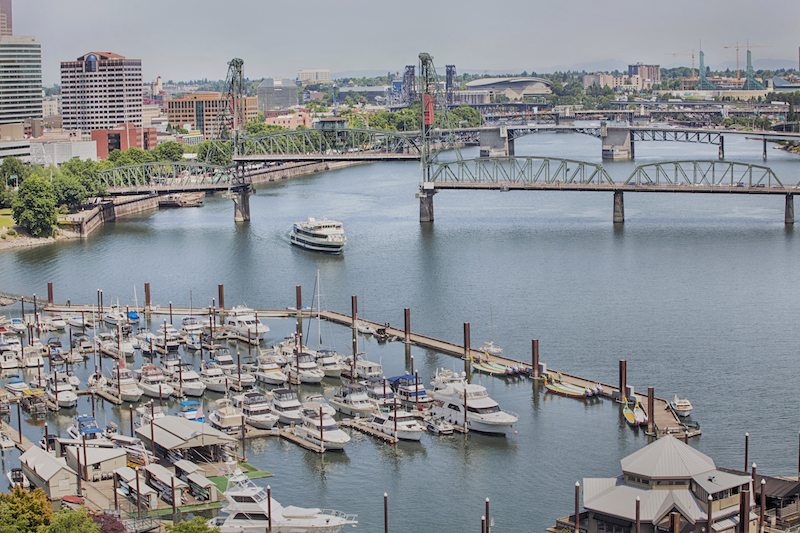
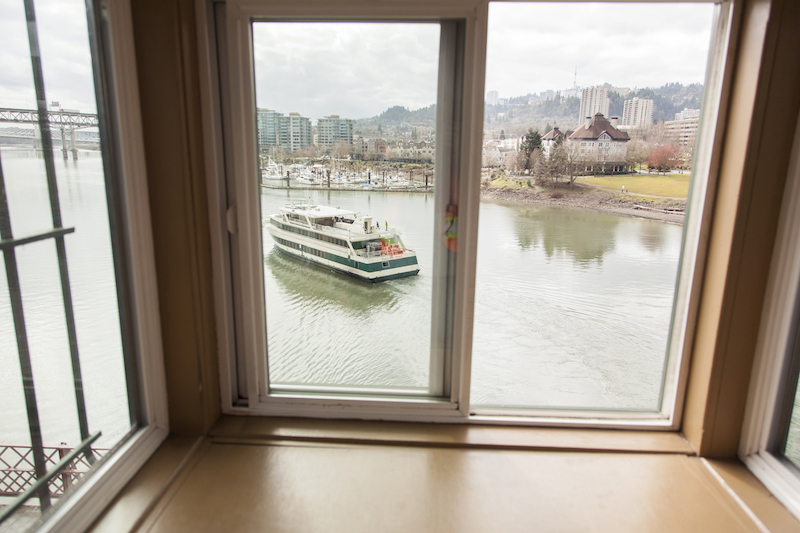


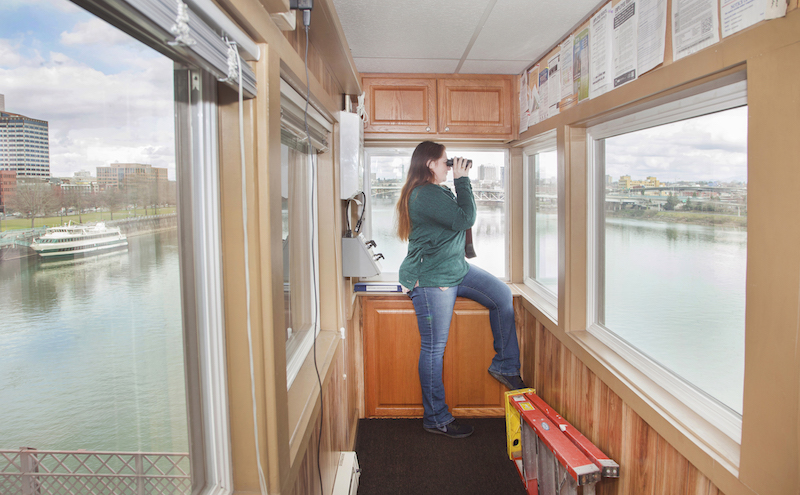

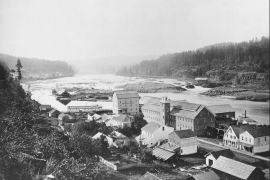
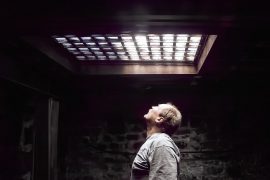




How does one get that Job. I want to apply
I loved the article on the bridge tenders, I went to school in Portland in the 60’s and live in Idaho now but return quite often. Portland is a eunique city and I love her. Thank you.